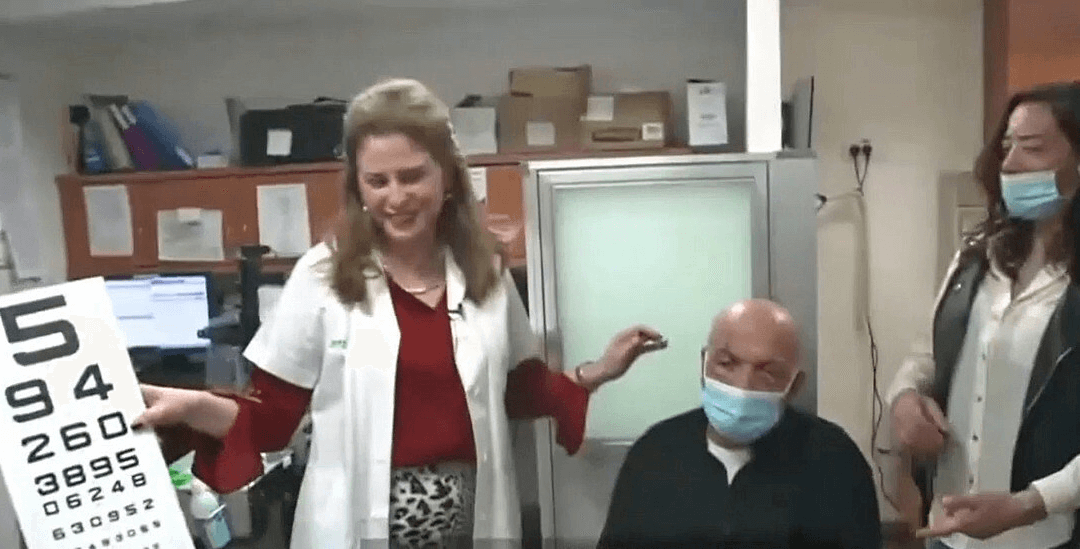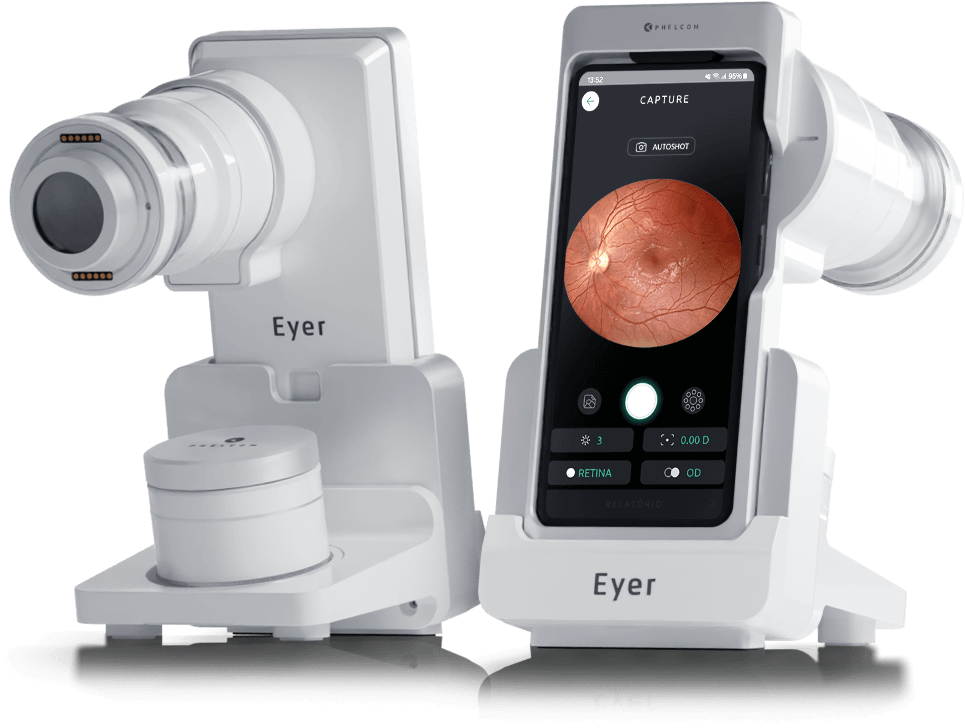Currently, it is estimated that 1.5 million people worldwide lose their vision each year due to corneal injuries and diseases. Thus, problems in this membrane are the third largest global cause of visual impairment, behind only cataracts and glaucoma.
Even though corneal transplantation is the most performed in the world, there is a great shortage of cornea donation. To get an idea, only one person out of 70 is able to undergo the surgery.
But this scenario may change. Recently, Israeli doctors performed the world’s first successful artificial corneal transplant. The patient, a 78-year-old man, was able to regain his sight after 10 years of blindness.
In fact, synthetic corneal implants already exist, but because they required more complex surgeries, they were used only as a last resort, such as rejection in corneal transplants. The new technology, on the other hand, can be implanted in a relatively simple way, with minimal cutting and suturing.
In the following, understand how the artificial cornea transplant occurred, how it acts inside the organism, the next steps, and how the result can change the reality of millions of people waiting for a cornea transplant to see again.
The artificial cornea transplant
Israeli startup CorNeat Vision has developed the KPro artificial implant to replace a patient’s deformed cornea. The procedure was performed at the Rabin Medical Center hospital in Israel.
The device has a non-degradable synthetic nano-tissue, which is placed under a membrane that lines the surface of the eyelid and the sclera (white part of the eyeball). When implanted, it unifies with the living tissue and encourages cell proliferation within the eye.
The synthetic cornea is only indicated in cases where the tissue is deformed, opaque, or scarred.
In an interview with the Israel Hayom website, the doctor and creator of the technology, Gilad Litvin, said that the surgery was relatively simple and lasted less than an hour.
Elderly Man Recognizes Relatives After Surgery
Patient Jamal Furani was able to regain his sight already the day after the artificial cornea transplant. The elderly man says that light was the first thing he could see. Afterwards, he was able to recognize relatives and even read texts.
“The result exceeded all our expectations,” says physician Irit Bahar, head of the Department of Ophthalmology at Rabin Medical Center.
Next Steps
The expectation is that the procedure will become viable and end the waiting line for donors around the world. “This technology was key to turning the tide against global blindness. It is very exciting to be at the forefront of this project that will undoubtedly impact millions of lives,” Bahar believes.
“We hope this will enable millions of blind patients around the world, in areas where there is no corneal practice or organ donation culture, to regain their sight,” says Gilad Litvin, medical director of CorNeat Vision. However, the company has not yet announced a market launch date.
Now the clinical trials continue. A further 10 approved Israeli patients are awaiting artificial corneal transplantation at Rabin Medical Center hospital. In addition, countries like Canada, France, the United States, and the Netherlands also have patients eligible for clinical trials.




